Dawn Chorus: David Hockney in the south of France, Christmas lights, quiz, and how to eat a hamburger like the royals
A painting from Hockney's time in the south of France sells well at Sotheby's, an ambitious plan to save Scotland's capercaillie, plus you've been eating hamburgers wrong.

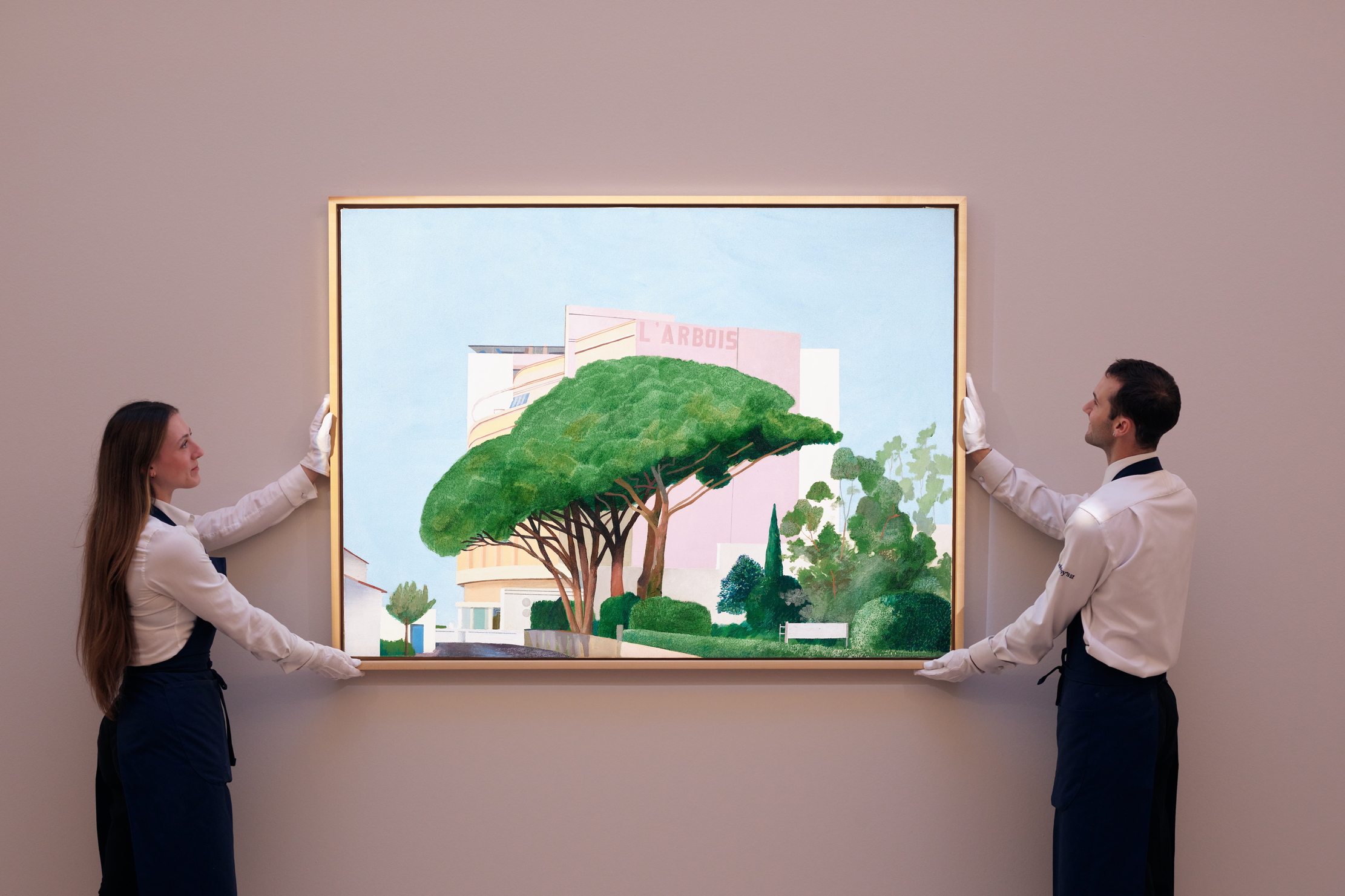
Welcome to The Dawn Chorus, our daily round-up of news, nature and fun stuff. Each day, either James (Fisher, Deputy Digital Editor) or Toby (Keel, Digital Editor) will bring you the big story in the world of Country Life, plus all sorts of things that you might otherwise have missed. We hope you enjoy it.
Quite the splash
‘David Hockney’s L’Arbois, Sainte-Maxime captures not just the vibrant beauty of the French Riviera, but also a pivotal moment in the artist’s life and career,’ says Emma Baker, Sotheby’s head of contemporary evening sale. ‘This remarkable result is a testament to the enduring resonance of Hockney’s work and the universal appeal of his vision — timeless, joyful and deeply personal.’
That result, in case you were wondering, was that it sold for £13.2 million at auction in London on Wednesday evening. That is 10 times the price it achieved when it was previously auctioned in 2011. A worthwhile investment, if you can invest in that kind of thing.
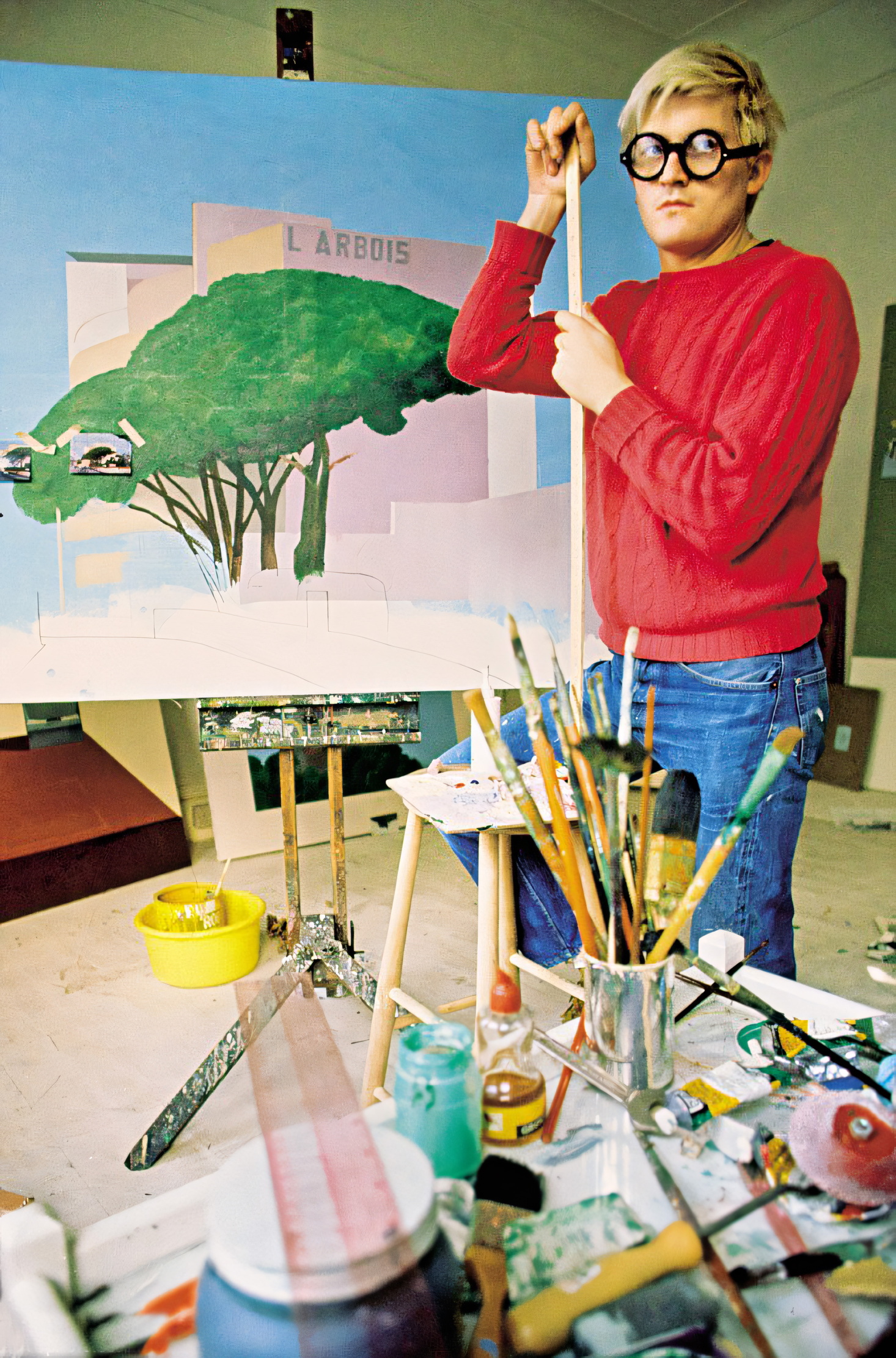
Mr Hockney’s time in the south of France in the 1960s was a pivotal one, building on the colour and saturation of his Los Angeles landscapes, while furthering his practice in the direction of the ground-breaking ‘naturalism’ of his double portraits that came after. 'You can see why Matisse stayed here,' Mr Hockney told the Financial Times in 2017. 'The South of France is the best place for colour.'
Don't stop movin (through the aisles)
Who at Waitrose agreed to SClub7 starring in their adverts? Maybe they'll be at Daylesford next...
Quiz
1) The Potato Eaters was painted by which Dutch artist?
2) Which is the largest species of flat fish?
Exquisite houses, the beauty of Nature, and how to get the most from your life, straight to your inbox.
3) Which two ingredients make a screwdriver cocktail?
4) Vexillology is the study of what?
5) Which of the Channel Islands is the largest?
One does not use one's hands
Hands are out; knife and fork is in. So says former Royal butler Grant Harrold, when asked about the 'proper' way to eat a hamburger. Mr Harrold, who has worked for the Royal Household at Buckingham Palace and Highgrove House, has revealed that we've all been doing it the wrong way for decades.
'While it's true that most people use their hands to eat a burger, doing it the right way by using a knife and fork brings a genuine sense of refinement to the culinary experience,' he says. 'Treating a burger with proper etiquette like any other plated dish elevates it from a casual, messy meal to something that can be savoured with a bit more elegance.'
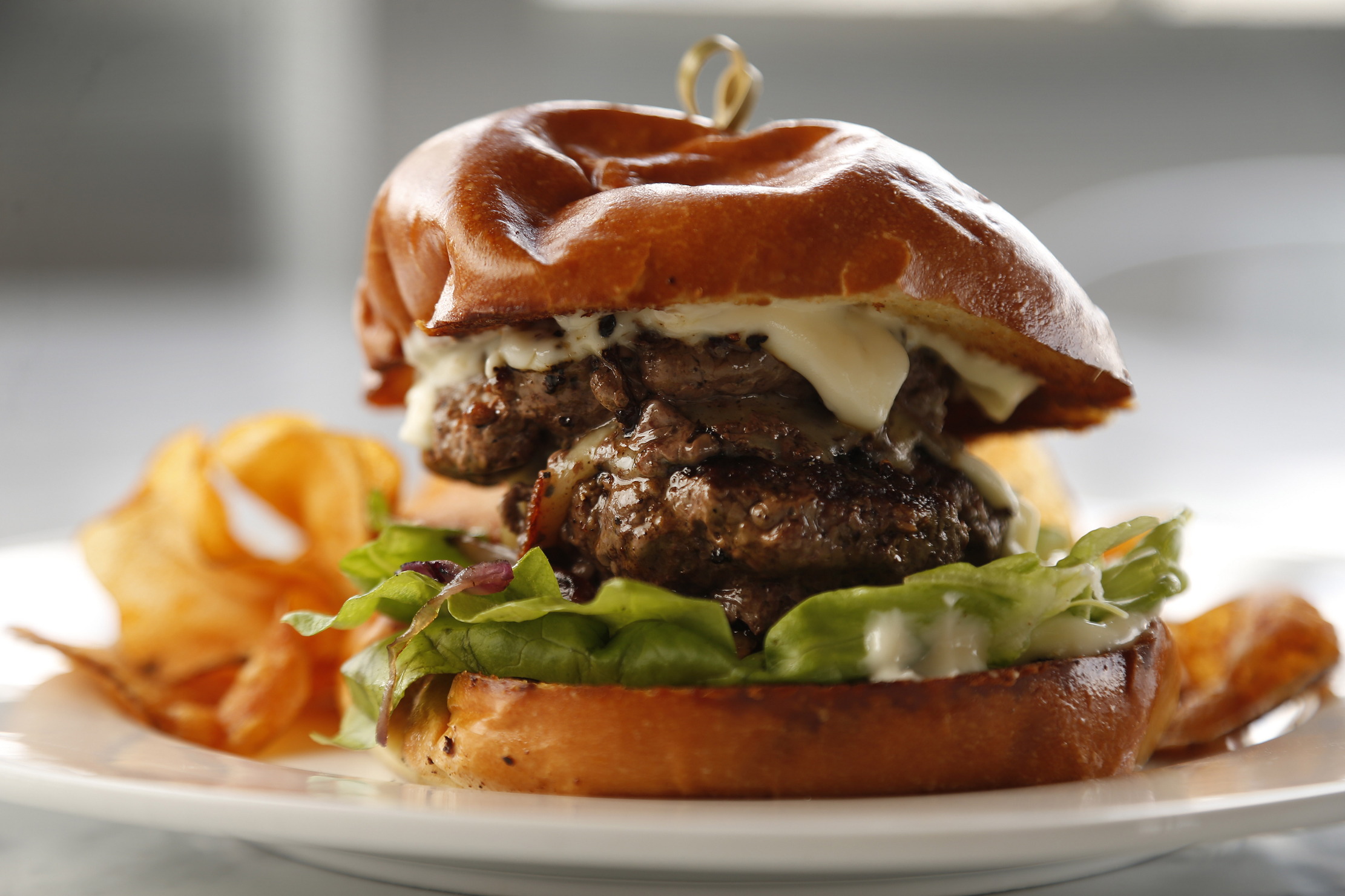
I suppose he's not wrong. If you turned up to McDonald's and whipped out some cutlery for your Big Mac, you probably would look quite classy. You would also probably be removed by the police and questioned by a qualified medical professional. I would also argue that if you are after an 'elegant' dining experience, just don't order a hamburger in the first place. They are for hangovers or when you are in a rush.
This insight into the lived experience of the Royal Family was as a result of research by brewers Greene King, whose data revealed that Brits are five times more likely to eat a burger with their hands than with cutlery. I am sure this data will be news to someone, somewhere. Probably a lad named Charles who lives in Buckingham Palace.
'Using a knife and fork was certainly the technique employed by members of the monarchy during my tenure at both Buckingham Palace and Highgrove House, and by the numerous high-end clientele I have worked with worldwide over the years,' added Mr Harrold. Maybe we should give it a try.
I knead a break
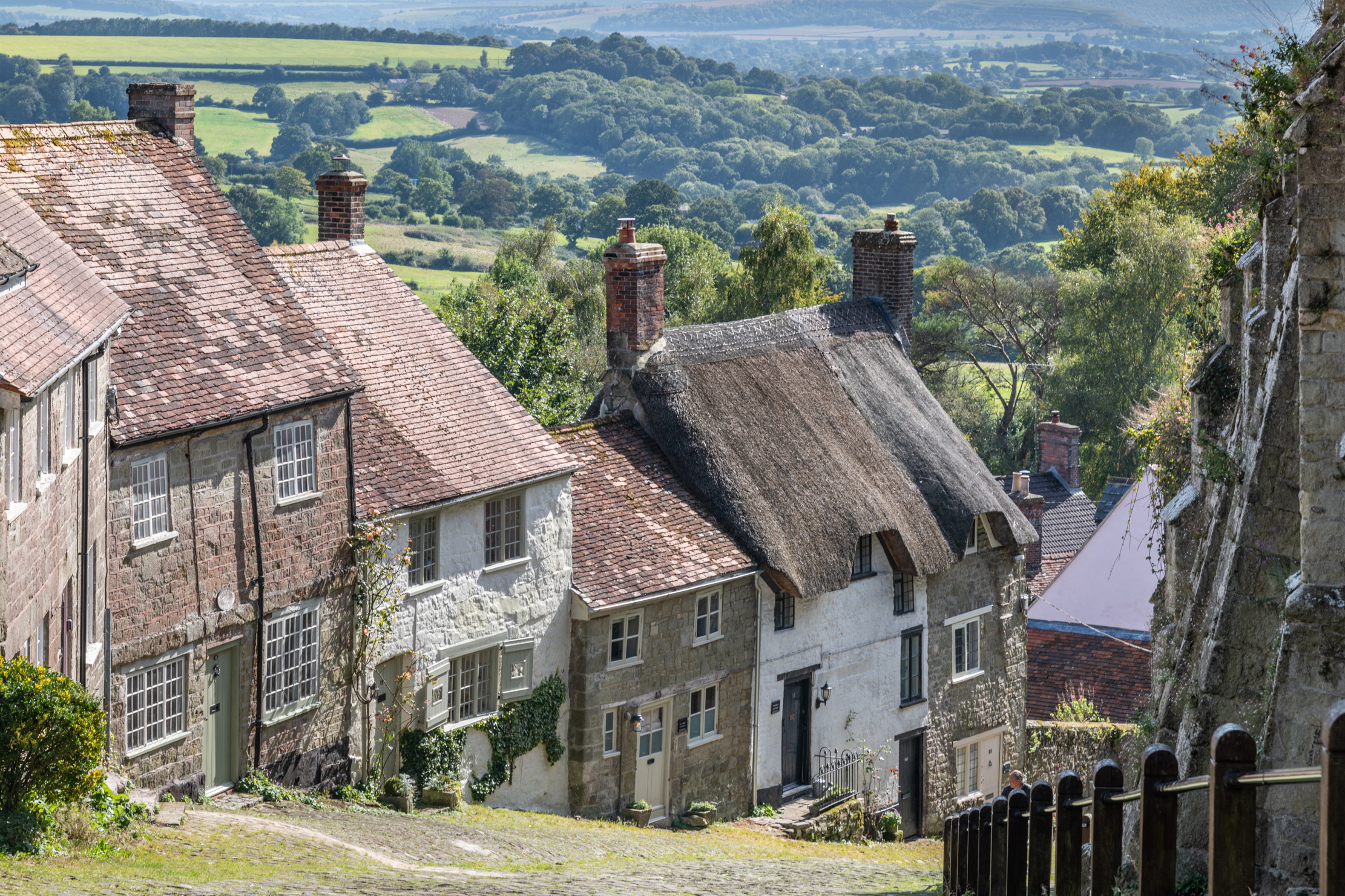
The holiday rental market seems to be in arms race with itself, with more and more iconic and unusual locations now available to rent. I’ve seen things you people wouldn’t believe: attack ships on fire off the shoulder of Orion, a converted diner that sleeps six, a glass dome up a tree in Norway, and so on.
For those of a certain age, the Ridley Scott directed Hovis advert featuring Gold Hill in Shaftesbury, might bring back certain warm memories. The good news is that you can now stay there. More info here.
The night is dark and full of colour
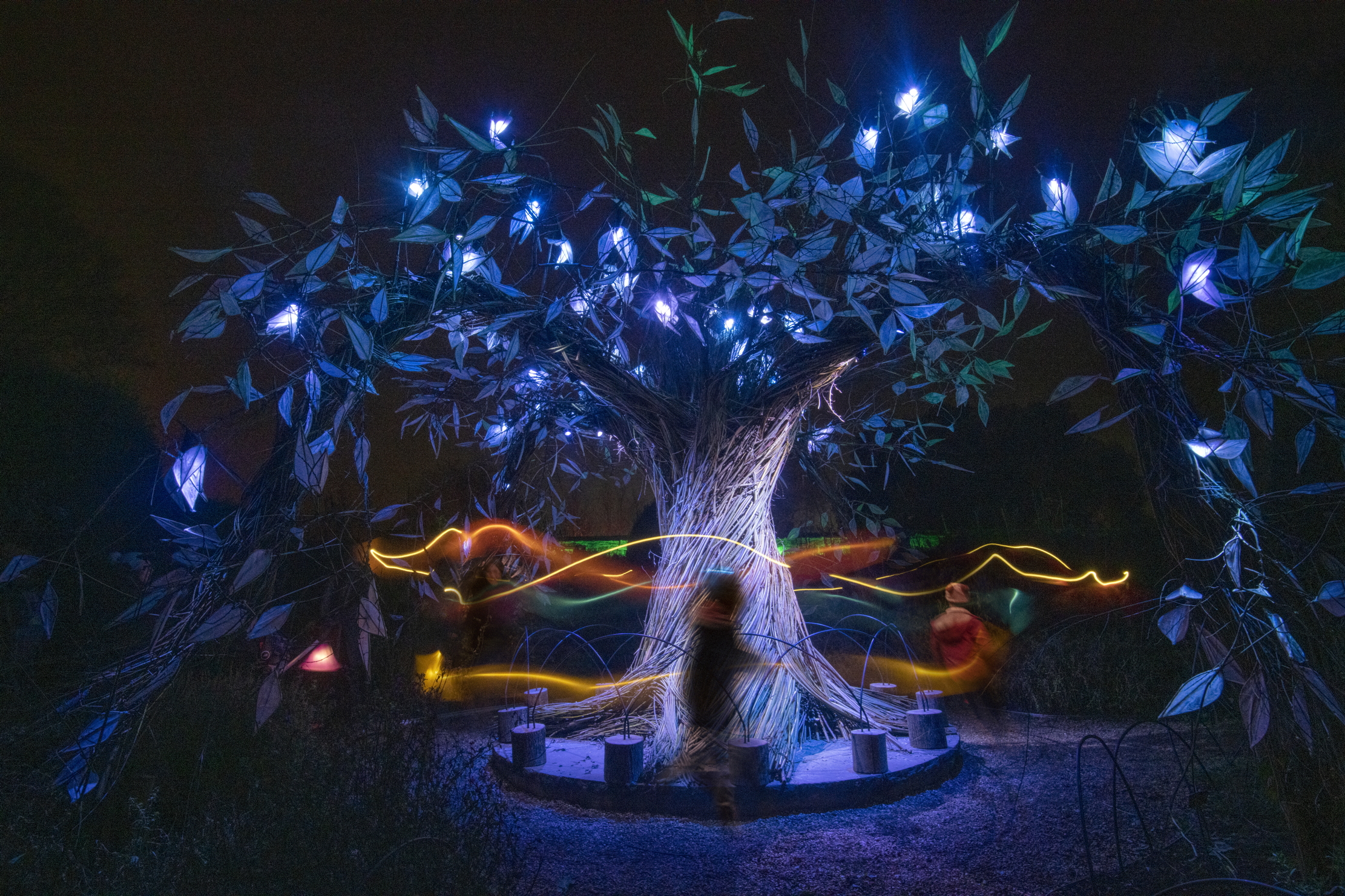
The nights are drawing in, the chill is in the air. There's no point trying to hide from it any longer, so now is the time to embrace the darkness, with perhaps just a little light. I've always enjoyed the light trails at places like Kew and Glow Wild at Wakehurst. Now is the time to get booking.
Action for capercaillie
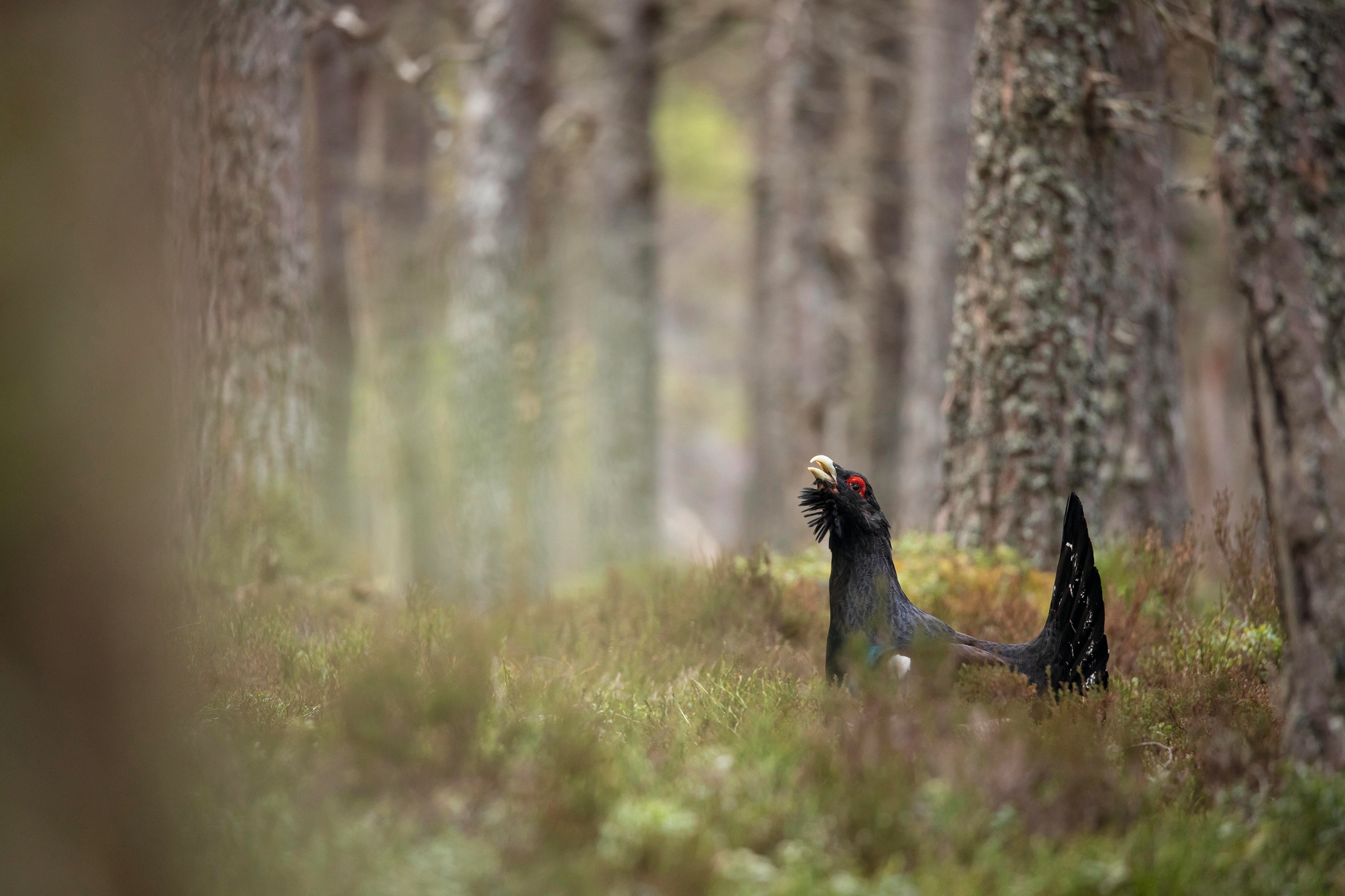
The Scottish Government has initiated a five-year Capercaillie Emergency Plan to save the 532 capercaillie left in the UK. The situation could improve if current issues around human disturbance, predation of young and fence removal are resolved, according to a report by NatureScot's Scientific Advisory Committee. Evidence suggests it already has; in the 1990s, it was believed the capercaillie would be extinct in Scotland by 2010.
‘With such low numbers, the species is predicted to become extinct in the next 20–30 years unless more action is taken at scale and on all fronts,’ says Eileen Stuart of NatureScot. ‘The Emergency Plan… the most comprehensive plan of its kind ever produced for this iconic bird… will do just that and is the result of intensive work with more than 100 stakeholders, who are all committed to safeguarding the future of capercaillie.’
One vital element in the plan is continued woodland creation in the Cairngorms National Park, ‘home to 85% of the UK capercaillie population,’ explains Andy Ford of the national park. The goal is to create 35,000 hectares (86,487 acres) of new woodland by 2045.
Habitat can be improved through woodland grazing, forest bog restoration and diversionary feeding to reduce the impact of predators, such as pine martens and badgers; the latter tactic increases the chances of artificial nest survival by 83%, without using lethal control. Studies into how pine martens and capercaillie co-exist and the feasibility of introducing birds from outside the UK are in the pipeline and, over the past five years, the Cairngorms Capercaillie Project has worked with various communities to mitigate human disturbance, which reduces the likelihood of capercaillie taking up suitable habitat by up to 40%.
‘Protecting capercaillie has always been a collective effort. More people than ever before are now actively helping the species alongside the longstanding efforts of land managers and organisations,’ adds Mr Ford.
That’s it – we’re back at 7am on Monday
Quiz answers
1) Vincent van Gogh
2) Halibut
3) Vodka and orange juice
4) Flags
5) Jersey

James Fisher is the Digital Commissioning Editor of Country Life. He writes about motoring, travel and things that upset him. He lives in London. He wants to publish good stories, so you should email him.